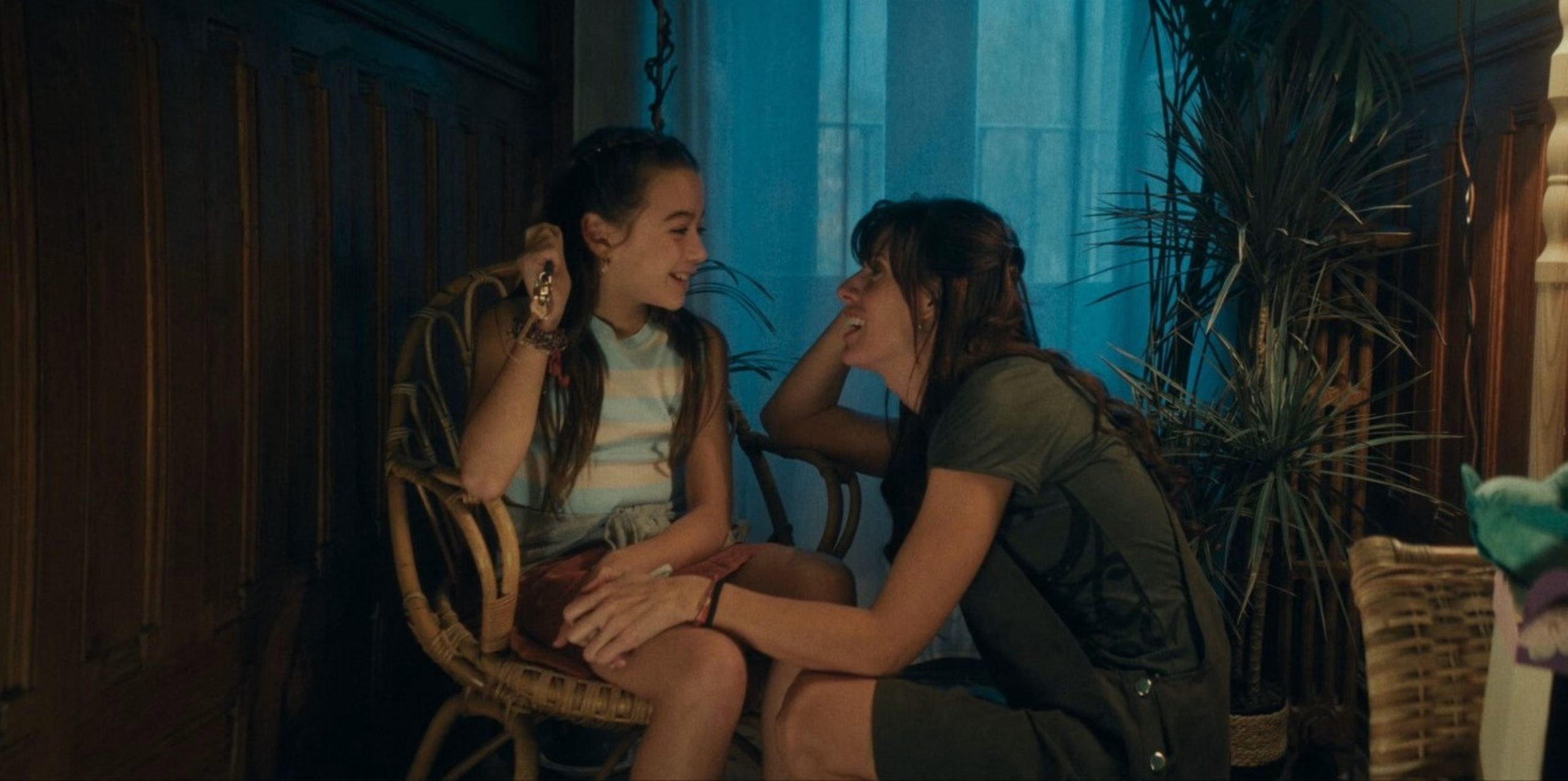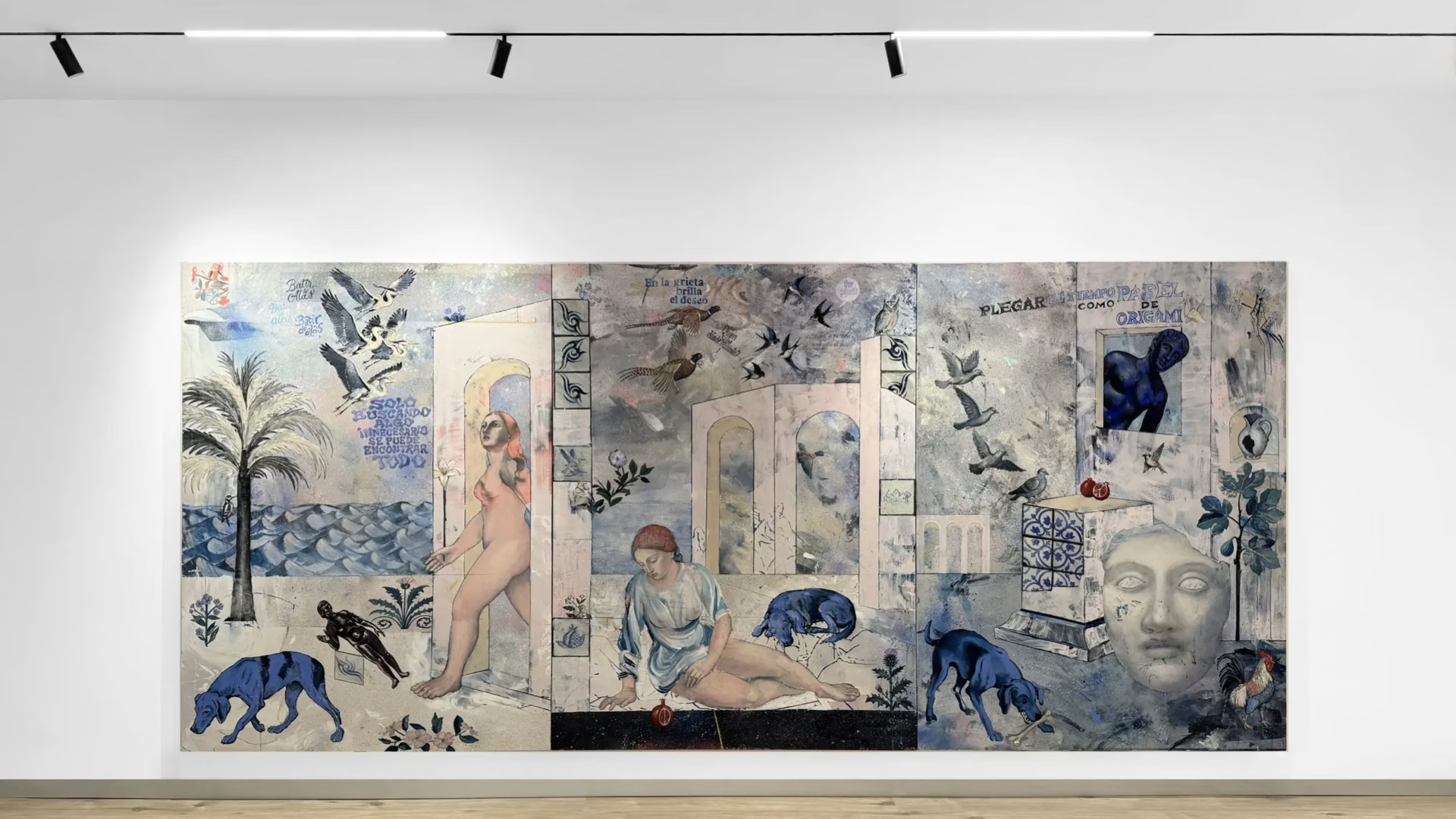Directed by Ibon Cormenzana, Four Walls (Cuatro paredes) tells the story of a mother and daughter learning to live with loss. Set in the working-class neighborhoods of Bilbao, the film unfolds in the shadow of economic collapse, grief, and fragile love. At its heart are Sofía, a girl not yet ten, and her mother Juana, struggling to hold on after the sudden death of Sofía’s father. Together, they navigate a quiet resistance, grappling with financial hardship while clinging to each other to avoid further loss.
Co-written with Roger Danès and Alfred Pérez Fargas, Cormenzana’s screenplay doesn’t dwell on grand tragedies but speaks through small, profound tremors. The film shares an emotional universe with recent Spanish works like 20,000 Species of Bees and Lo que queda de ti: understated yet impactful, political yet tender.
Visually, the film confines viewers within four walls. Natural light, tight framing, and the echoing silences of the home make Juana and Sofía’s constrained lives palpable. The house is both sanctuary and trap. The uncertainty of the outside world reverberates in the uneasy quiet within. Cormenzana favors breaths over dramatic outbursts, crafting a narrative where pain, exhaustion, and love are conveyed through subtle gestures.
The performances are the film’s heartbeat. Constanza Gallego masterfully carries suppressed anger and helplessness, while Sofía Otero infuses every moment with vitality. Their relationship is neither romanticized nor overdramatized—presented as it is, broken yet real. Viewers find fragments of their own lives in their silent solidarity.
Cormenzana’s camera acts like an empathetic observer. Poverty isn’t a backdrop but a living character, ever-present. Details like unpaid electric bills, looming rent, or the inability to buy a birthday cake are woven into the story without heavy dramatic weight, grounding the film’s realism and keeping it from melodrama.
Loss, solidarity, resilience, and home—Cormenzana weaves these four themes around the “four walls” metaphor. The walls play a dual role in every scene, both protective and suffocating. For viewers, the film underscores that loss is not just pain but a space for transformation.
Despite its 82-minute runtime, Four Walls leaves a lasting impact. As Fotogramas notes, it “draws grand poetry from a small story.” Cineuropa calls it “a quiet, honest narrative of surviving grief.” Both critics highlight its understated yet profound emotional resonance.
Four Walls is a powerful example of the resurgence of neo-realist family dramas in European cinema, blending Ken Loach’s social sensitivity with Carla Simón’s emotional honesty. Rather than shocking its audience, it chooses to linger in the same room with them.
Apartment No: 26 Note
Four Walls reminds us that silence can be the most powerful form of expression. Cormenzana’s camera portrays economic crisis and grief not as statistics but as the breaths of two people within a home. Cinema’s most impactful moments sometimes lie in a mother’s quiet glance at her child. Cuatro paredes is precisely that film.














